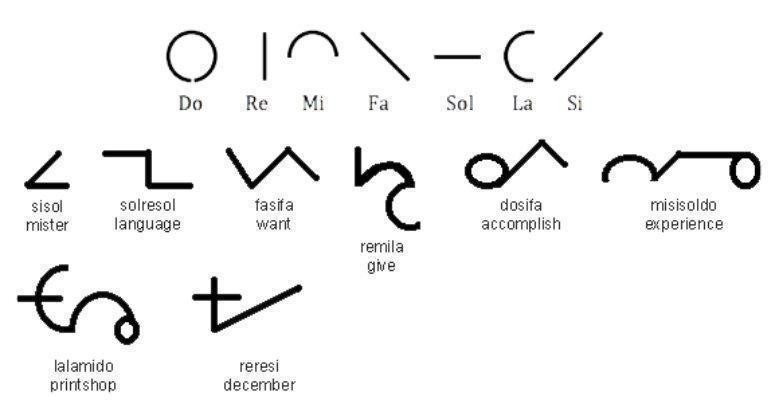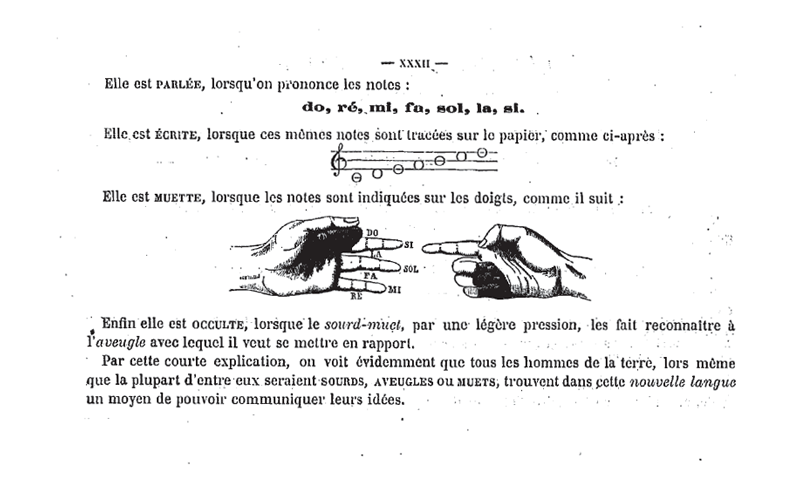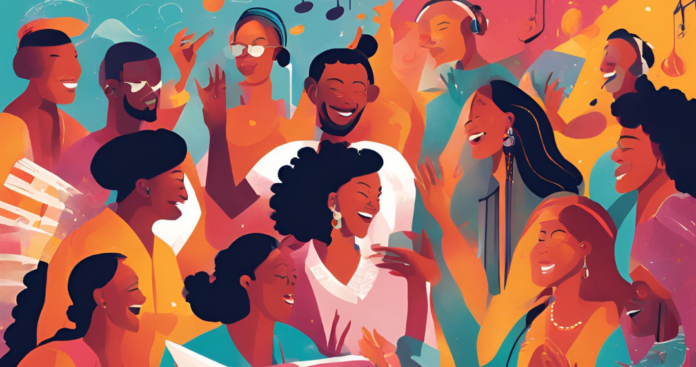By Carmen Chang,
Imagine a language that transcends the boundaries of spoken words, one that can be communicated through music, gestures, and even colors. This is the essence of Solresol, a unique artificial language created in the 19th century that aims to unify people from different cultures through a shared system of sounds and symbols. Developed from the seven musical notes, Solresol holds the potential to break down language barriers, relying on melody and rhythm as its primary means of communication. Although it has long been forgotten, this fascinating language is now experiencing a modest revival, sparking the curiosity of modern-day linguists and enthusiasts alike. In this context, we explore the history, structure, and enduring appeal of Solresol.

According to Lisandro Pardo (2018), in his article “Solresol: An Old and Forgotten Universal Language Created from Music”, he argues that, although this artificial language was “forgotten for decades, it now has its modern defenders.” He clarifies that the representation of each phoneme would be associated with “musical instruments, gestures, whistles, songs, symbols, and even color palettes or lights.” While its peak of popularity occurred in 1902, with the publication of Grammaire du Solresol, it went through a decline process when the teaching of this sign language was banned in France, leading to its disappearance. Despite this, today, a small number of followers still exist who continue to gather information and maintain a dictionary. We can add some clarifications about its linguistic system:
In total, Solresol is composed of seven basic sound units, which are the seven musical notes that we all know, and they function as phonemes. The most compact words in the Solresol language consist of just one unit, with a maximum of five units. Depending on the case, syllables can be accented (for example, an accent on the last syllable indicates the feminine), or have an extended pronunciation (which is used in the plural). The first syllables in a Solresol word establish a large part of its meaning, essentially a category. The meanings of “Sol” at the beginning are linked to fields such as art and science in general, while “Solsol” refers to diseases or something related to medicine. Examples? Once again, “solresol” means “language,” and “solsolredo” means “migraine,” “neuralgia,” or “headache.” Another feature is the inversion of syllables to express antonyms. “Fala” means “good” or “tasty,” but “Lafa” means “bad” (Lisandro Pardo, 2018).

In conclusion, while Solresol may have faded from mainstream use, its innovative nature and unique connection to music and other sensory modalities continue to attract a niche group of enthusiasts. Despite its decline, following the ban on its teaching in France, the language’s revival efforts showcase its lasting potential as a universal mode of communication. The language’s ability to represent diverse concepts through a limited set of phonemes, its connection to musical tones, and its intriguing structure all contribute to its significance. Today, Solresol remains a testament to human creativity in seeking to bridge communication gaps across linguistic and cultural boundaries, offering valuable insights into the intersection of language, music, and human expression.
Reference
- Solresol: Un viejo y olvidado lenguaje universal creado a partir de la música. Olvidado por décadas, ahora tiene sus defensores modernos. Neoteo. Available here




